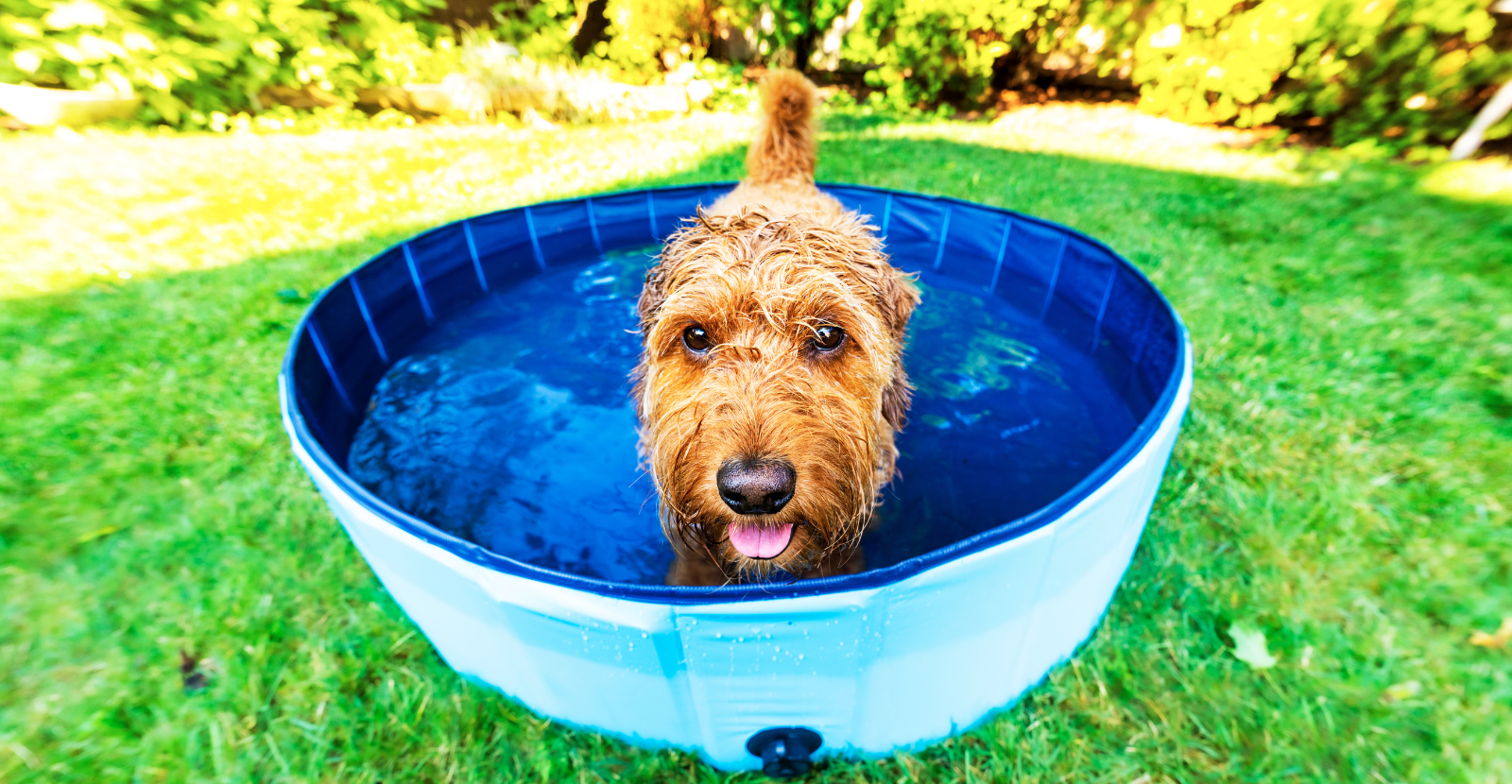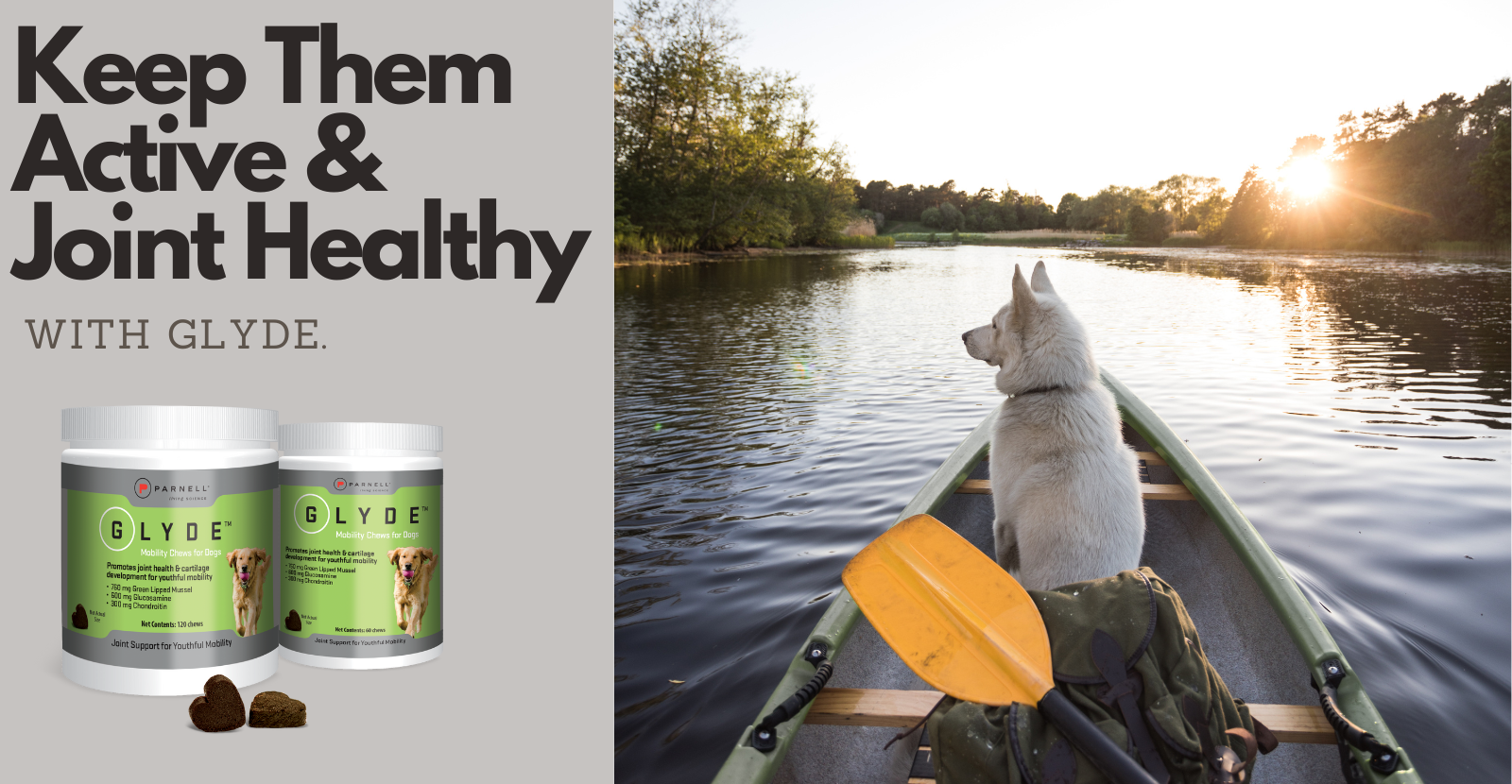As the scorching heat of summer takes its toll on us, it's crucial that we also prioritize the well-being of our four-legged companions. With temperatures reaching unbearable heights, it becomes even more essential to ensure that our dogs stay cool and content. To help you in this endeavor, here's a comprehensive summer checklist that will guarantee your dog's comfort and safety throughout the season.

As summer approaches and temperatures continue to rise, it's crucial to plan ahead and take the necessary precautions to protect your dog. The transition from moderate to hot weather can happen swiftly, catching us off guard. Just like you, your beloved pet is eager to enjoy the outdoors. However, it's vital to prioritize their health and well-being by keeping a close eye on the temperatures and ensuring they stay safe and comfortable throughout the changing seasons. So, keep this checklist handy and let your furry friend bask in the joys of summer while staying cool and content.
1. Never leave your dog in the car in Summer
First and foremost, never leave your dog in the car, period. Regardless of whether your car is in the shade or you crack the windows, the internal temperature can skyrocket within minutes. A study by Stanford University found that regardless of the outside ambient temperature, the rate of temperature rise inside a vehicle was not significantly different. On average, the internal temperature increased by 3.2°F per 5-minute interval, with 80% of the temperature rise occurring within the first 30 minutes. The final temperature of the vehicle depended on the starting ambient temperature, but even at the coolest ambient temperature, internal temperatures reached as high as 117°F. When comparing ambient temperatures ranging from 72 to 96°F, there was an average increase of approximately 40°F in internal temperature. Surprisingly, cracking windows open did not reduce the rate of temperature rise in the vehicle; both closed and opened windows resulted in similar temperature increases of 3.4°F and 3.1°F per 5 minutes, respectively, and did not impact the final maximum internal temperature
2. Exercise with your dog During cooler hours of the day.
For optimal safety and comfort during exercise, it's best to schedule activities with your dog in the cooler hours of the day. Keep in mind that while you may find the heat bearable, your furry friend is wearing a fur coat, making them more susceptible to overheating. Early mornings and late evenings are ideal times to engage in physical activities when temperatures are lower.
3. Avoid hot asphalt during peak heat times.
Steer clear of hot asphalt during peak heat times to protect your dog's paw pads. Despite their thickness, paw pads can get burned when exposed to scorching asphalt. Asphalt temperatures can reach up to 52°C (25°F at 77°F) and a blistering 62°C (30°F at 86°F). If you notice signs of blistering or peeling on your dog's paw pads, they may have spent too much time on hot pavement. Take immediate action to prevent further damage and discomfort.
4. Keep cold water and shade available outside.
To prevent heat-related illnesses, always make sure your dog has access to cold water and ample shade when they are outside. A dog's normal body temperature is around 104°F (40°C), and even a slight increase to 107.6°F (42°C) can lead to illness. At temperatures of 109.4°F to 114.8°F (43°C to 46°C), multi-organ failure and even death can occur. Therefore, ensure that your pets have shade and cool water available at all times during the summer heat.
5. If your dog has a long coat, now is the time for a trim
If your dog has a long coat, now is the perfect time for a trim. This will not only help to keep their body temperature down but also make their outdoor activities more enjoyable without the burden of excessive hair. On the other hand, if your dog has less hair, such as on their back, consider applying sunscreen to protect them from harmful UV rays. Yes, dogs can get sunburned too, and sunscreen can help prevent any discomfort or damage caused by prolonged sun exposure.
6. flea and tick treatments keep going
You know the drill: bugs of all sorts are starting to come out in full force to invade our lives, including the dreaded dog enemies of fleas, ticks, and mosquitoes. This is the time to be sure your fur baby doesn’t miss a treatment. Be sure you have what you need from your local veterinarian. Also double-check that you have posted when the next treatment time is on your calendars, including reminders, so you do not forget. Fleas and ticks are easier to prevent than to eradicate.
7. Summer can flare up signs of arthritis
It's important to note that summer can exacerbate or mask the signs of arthritis in dogs, just as it affects humans with this joint disease. Dogs may experience discomfort due to the hotter temperatures, while others may find relief during the winter months. Unfortunately, our furry friends cannot communicate their pain to us directly. Try Glyde Mobility Chews for better joint health and arthritis relief year-round for long-term results. If you are not sure if your dog could have arthritis, take this quiz to find out more. These chews promote better joint health and offer long-term results.
.png?width=1080&height=1080&name=Summer%20Dog%20Health%20Tips%20(1).png)
There is still a while before reaching typical summer temperatures. Just think ahead and be sure to protect your dog as they begin to change. So often, our climate goes from moderate to hot very quickly and we are caught off guard. Just like you after winter, your pet is ready to get outside. Be sure to keep your beloved pet’s health in mind as you watch the temperatures and continue to enjoy the seasons and get outside.





